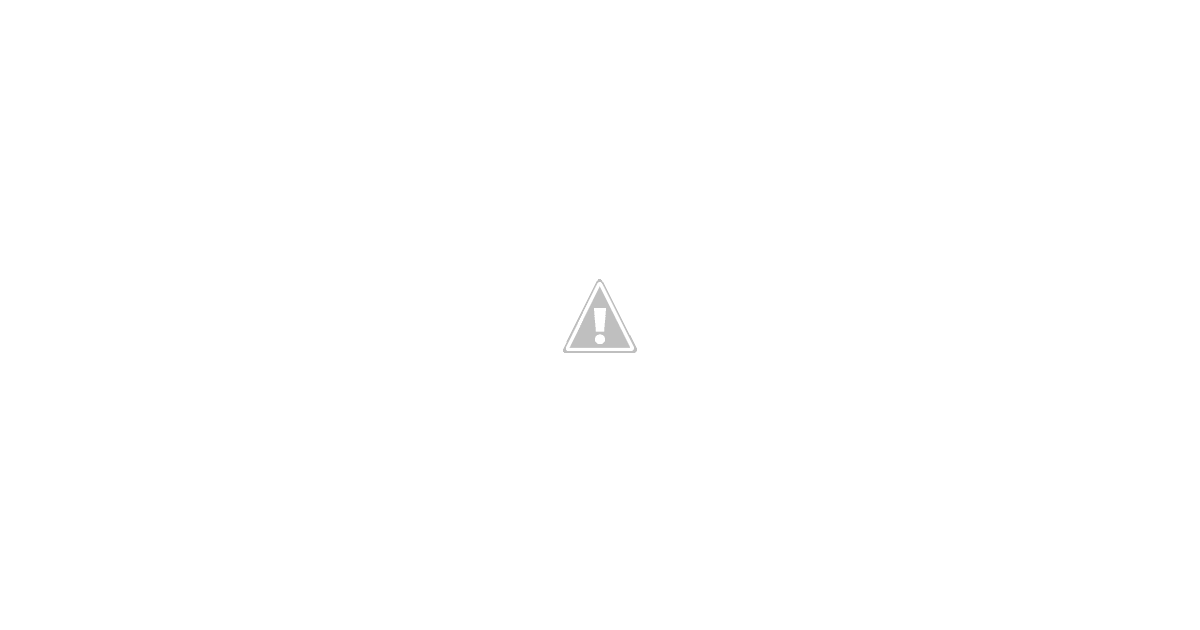Contents:


Other related analytical values are bod and cod Oxygen Demand , Biochemical Oxygen Demand , total organic carbon . A strong oxidizing agent is used to oxidize the material instead of microorganism as in case of BOD. The COD value will always be higher than the value of BOD for waste water. BOD – biochemical oxygen demand – is an expression for the quantity of oxygen required for biological degradation of organic matter in a waste water sample.
Chemical Oxygen Demand is a measure of oxygen utilized to chemically oxidize the organic matter used to assess the effect of discharged wastewater in the environment. The term “BOD” refers to the “biological oxygen demand” that is present in water. Organic matter, the number of microorganisms, and the amount of oxygen that is dissolved in water all have major connections to one another. For their metabolism, aerobic microbes need the presence of oxygen.
We offer High Quality
Water quality monitoring continues to grow in importance as water sources come under increasing pressure. Conventional measurements of turbidity, pH, conductivity, and color provide useful information but do not reflect changes in dissolved organic constituents. A UV-254 absorption measurement has increasingly become a useful indicator of organic carbon content, providing operators with real-time information oncontaminant levels. Chemical Oxygen Demand is a measure of oxygen utilized to chemically oxidize the organic matter & produce inorganic end products & is used to assess the effect of discharged wastewater in the environment. Reduction in the availability of dissolved oxygen happens when there is higher COD levels.
The COD measures all the organic matters whereas BOD only measures organic matter which is biologically degraded. BOD is only a measurement of consumed oxygen by microorganisms to decompose the organic matter. As an added bonus, a chemical reagent is used in COD testing to oxidise the contaminants.
The users should exercise due caution and/or seek independent advice before they make any decision or take any action on the basis of such information or other contents. The concentrations of COD and BOD may be expressed as mg/L or ppm. Follow the maker’s directions for setting and calibrating the colorimeter, then load the vials into the device and get a reading for the COD concentration in each. An application of a chemical for dichlorination, such as sodium sulphate, may be necessary if chlorine is found in the water.
View sludge as a gold mine for the country: DG, NMCG G. Asok Kumar – Devdiscourse
View sludge as a gold mine for the country: DG, NMCG G. Asok Kumar.
Posted: Tue, 02 May 2023 14:14:55 GMT [source]
Netsol Water is a water and wastewater treatment company in Delhi NCR, India that designs, and manufactures ace machines to save the earth and its resources, especially water. Monitoring of dissolved organic substances without sample pre-treatment. BA-Smart UV-VIS gives reliable readings for NO3-N, NO2-N, organic ingredients , and a number of other parameters.
Which amongst the BOD and COD of glucose water is greater?
The chemical oxidation of organic molecules is more efficient than the biological oxidation of the same substances because COD is often higher than BOD. Since BOD testing cannot identify hazardous substances to live organisms, COD tests may be extremely helpful for analysing industrial effluent. The appropriate containers are then filled with 2 ml from every standard. A total of 2 ml of wastewater sample should be added to the matching container after it has reached full strength. The 2 ml fraction is introduced to the container when further dilution is required.
- This occurs due to the sudden abnormal pollution introduced into the water body from the sources such as septic tank leakage, domestic sewage, and fertilizer runoff.
- It is recommended to replicate 10% of the specimens when conducting several wastewater tests.
- COD refers to the requirement of dissolved oxygen for both the oxidation of organic and inorganic constituents.
The test determines whether incoming water has the ability to decrease the oxygen in receiving waters due to bacterial activity. AUTOMATIC SENSOR CLEANING Sensors in contact with raw or settled water samples may experience fouling from iron and manganese. Prechlorination causes iron and manganeseto precipitate out of solution and coat surfaces that are in contact with the sample.
Benefits of Monitoring BOD and COD :
UV-254 measurementis much simpler and can be correlated to DOC levels. It has the advantage of being nearly real time, providing input to treatment control systemsand alarming of abnormal conditions. Routine maintenance consists of cleaning the optical surfaces, which is generally simple andquick. Biochemical oxygen demand and chemical oxygen demand are two different ways to measure how much oxygen the water will consume when it enters the recipient.
For all practical purposes, organic matter cannot be decomposed biologically 100% and due to this fact COD is always greater than BOD for all practical purposes. A high COD to BOD ratio means that the organic pollutant has very less organic matter which can be oxidized by the pollutant. Since the BOD test is based on an accurate measurement of DO at the start and end of a five-day period during which the sample is kept in the dark, incubated conditions (i.e., 20°C or 68°F), it is often referred to as the “BOD5” test.
International Earth Day: 6 ton garbage removed from Barak river bank – The Assam Tribune
International Earth Day: 6 ton garbage removed from Barak river bank.
Posted: Sun, 23 Apr 2023 07:00:00 GMT [source]
The difference between COD and BOD is that BOD measures the quantity of organic matter that can be biologically oxidized, whereas COD measures the amount that can be chemically oxidized. BOD is founded on the idea that aerobic biological decomposition by microorganisms will continue as long as there is enough oxygen available until all waste has been eaten. COD is a method of estimating how much oxygen would be depleted from a body of receiving water as a result of bacterial action. Standard solutions of potassium hydrogen phthalate will need to be prepared before the COD test can be completed. Chemical Oxygen Demand is a significant water quality indicator because, like BOD, it provides an index for determining the impact of discharged wastewater on the receiving ecosystem. COD is evaluated by incubating a closed water sample for a set period of time with a strong oxidant such as potassium dichromate in combination with boiling sulphuric acid at a specific temperature.
BA-SMART UV-VIS Absorption
BOD means the amount of oxygen required to decompose the bio-degradable organic matter in wastewater while COD is the amount of oxygen required to decompose both bio-degradable and non-biodegradable organic matter. Conventionally, the biochemical oxygen demand is measured for _______ days. It is a test of the quantity of oxygen needed for chemical oxidation with a strong oxidising agent, like potassium dichromate, to oxidize organic materials in a sample of sewage. The presence of large levels of organic waste and bacteria in the water will have a negative impact on the ecology. Because there are fewer bacteria and less organic waste, the BOD will be lower and the dissolved oxygen levels will be higher. After five days of incubation at 20°C, the BOD test comprises taking an initial dissolved oxygen reading and a second reading.
- For fresh water, as both BOD and COD should be negligible, hence the ratio can be equal to 1.
- Therefore for Municipal wastewater BOD, N, P, SS, Pathogens, Trace or persistent organics measurements are more necessary.
- In treatment plants, it is employed to determine how much oxidisable contaminants are present in water bodies.
- It is a measure of the degree of contamination of water and it is expressed in mgO2/L.
As bacteria are aerobic in nature, it will create oxygen demand for the existing aquatic organisms as it robs other aquatic organisms of the oxygen they need to live. The aerobic bacterial activity leads to a decrease in the natural levels of oxygen in aquatic systems. 5 parts per million is the ideal dissolved oxygen concentration for aquatic life. Biological oxygen demand is essentially a measure of the amount of oxygen required to remove waste organic matter from water in the process of decomposition by aerobic bacteria. Chemical oxygen demand is defined as the amount of oxygen required by the organic matter in a sample of water for its oxidation by a strong oxidizing agent like K7Cr2O7 in an acidic medium for a period of 2 hours. Biological Oxygen Demand and Chemical Oxygen Demand are the primary techniques used to determine the amount of organic matter present in a given water sample.
In water management, Water quality monitoring is an important process concerning pollution control. In the process of evaluation, removal of organic matters is a very important aspect. Treatment efficiency in a wastewater treatment plant is evaluated based on effective removal of biodegradable organic substances.
BOD measurement is therefore used as a basis for the detection of biologically degradable organic matter in water. The difference between BOD and chemical oxygen demand is that COD additionally registers biologically non-degradable organic matter. COD is one of the most used parameter because of the quick result and it take into account those organic materials which are not easily biodegradable. In COD, a strong oxidizing agent such as potassium dichromate in acid medium is used for chemical oxidation of organic matter. Chemical Oxygen Demand is an important water quality parameter because, similar to BOD, it provides an index to assess the effect discharged wastewater will have on the receiving environment. The COD test is often used as an alternate to BOD due to shorter length of testing time.
In addition, the BOD and COD values of wastewater are essential for determining the total quantity of garbage in the water. A diverse population of microorganisms should be present in the water. A seed mixture of bacteria may be introduced together with the necessary nutrition if the microbiota is either unknown or insufficient. An acid or perhaps a base may be added to a water sample to adjust the pH if it is too low or too high.
Sample water is diluted and placed in BOD bottles, which are specially engineered to prevent air bubbles from forming during filling . The sample may be diluted with distilled water, and varying amounts of the water are used to get different concentrations in the various bottles. To serve as a control, however, one container should contain nothing but distilled water. The probe can be configured with either a 2mm, 5mm, 20mm or 50mm path length depending upon the water quality and measurement requirements. The ratio will actually range from zero, when organic material is resistant to dichromate oxidation, to as much as 6.0 when inorganic reducing agents are present.
Biological oxygen demand is the quantity of oxygen consumed by the aerobic bacteria used in the oxidation of organic matter. It is a measure of the degree of contamination of water and it is expressed in mgO2/L. The biochemical oxygen demand is an important water quality parameter, because it provides an index for determining the impact of discharged wastewater on the receiving environment. To determine the level of contamination in wastewater, BOD and COD measurements are done. The COD value of a water body is always higher than the BOD value. The oxygen demand for the breakdown of organic matter is measured by BOD.
The term biological oxygen demand we generally hear whenever there is something related to water pollution so it simply means that there are some organisms in water which demand oxygen. Chemical oxygen demand test is commonly used to indirectly measure the amount of organic compounds in water. In environmental chemistry, the chemical oxygen demand is an indicative measure of the amount of oxygen that can be consumed by reactions in a measured solution.

In environmental analysis, BOD & COD are such parameters to be measured. The conventional method sample collection & offline testing of BOD determination is ineffective as it takes around 5 or 7 days ,which is not the true result & corrective action would be delayed. The Chemical Oxygen Demand is a measurement of the amount of material that can be oxidized in the presence of a strong chemical oxidizing agent. COD often is used as a measurement of pollutants in wastewater and natural waters.
A measure of the total quantity of carbon in organic molecules in pure water and aqueous systems are called total organic carbon . Therefore for Municipal wastewater BOD, N, P, SS, Pathogens, Trace or persistent organics measurements are more necessary. Ofcourse if one still wants to utilize COD, then TOC as well can be utilised. Biological Oxygen Demand and Chemical Oxygen Demand are two of the most important parameters to characterize of wastewater.
It is measured via a delicate and time-consuming biological process, which depends on temperature. The standard measurement is performed at 20°C for 5 days and is called BOD5. The period of 5 days was chosen, as this is the average time it takes a British river to reach the sea. DISSOLVED ORGANICCARBON UV-254 measurements are a practical indicator of dissolved organic compounds in water. Traditional methods such asTOC,COD, and BOD all capture more organics and other potential contaminants but have the drawback of being expensive and maintenanceintensive. In fact,most are done only in the laboratory due to the complexity of on-linesystems.
